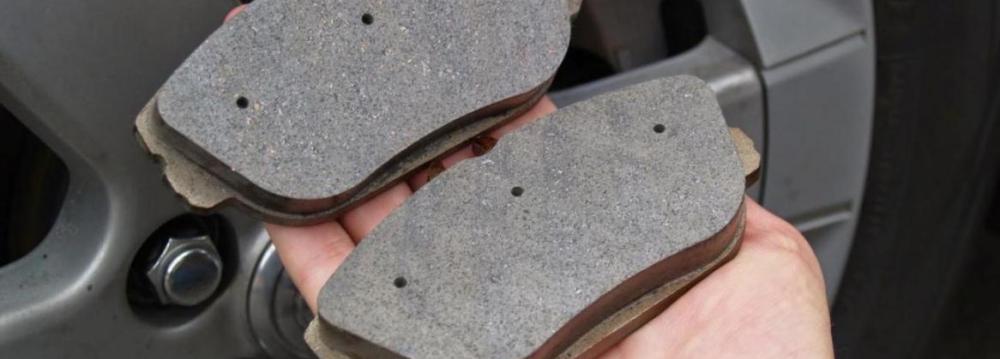The manufacture of car spare parts has always been one of the most lucrative sectors of the auto industry, irrespective of the slump or boom in the auto market, as there is always a demand for spare parts.
The production of car brake pads can be a profitable enterprise if it is launched with a comprehensive understanding of the market.
According to a market player, “one has to think about selling even before starting production”.
The Persian daily Forsat-e Emrooz recently published a report on production of brake pads in Iran and investment opportunities in this sector.
Investment Requirements
The manufacturing of brake pads employs semiautomatic or fully automated methods.
In order to set up a brake pad manufacturing plant, about $14,000 are needed for building a 2,000-square-meter shed, which will be used to house the production line, warehouses for raw materials and the products, as well as the office and security post.
About $8,000 are required for purchasing an electrical power transformer. Overall, a fully automatic production line for producing 1,000 pads per day and employing eight workers needs close to $58,000.
However, costs can be cut down to $29,000 by considering a semiautomatic production line. The main downside is that a semiautomatic line requires double the workforce, which also increases the operating costs.
Furthermore, secondhand production machinery can be purchased, reducing the costs down to $20,000 for a semiautomatic line and $38,000 for a fully automatic production line.
It is also advisable to put aside some $8,000 as working capital so you would not be caught up in the current liquidity shortage that most industries are facing and keep production up to speed.
Production permits must be obtained from the Ministry of Industries, Mining and Trade, a process that takes close to a year. Moreover, a permit approving the environmental friendliness of the production plant must be acquired from the Department of Environment.
Market Condition
Brake pad consumers are generally end users, which protects producers from auto market fluctuations and guarantees a stable and consistent demand.
According to Reza Mahfouzi, sales manager of Mika Lent Company, setting foot in the brake pad manufacturing sector requires a comprehensive survey of the market condition and a proper understanding of the industry’s distribution and sales system.
“In view of the current unfavorable economic condition and the ever-present challenge of rampant illegal imports, nothing can be left to chance,” Mahfouzi said.
“It is also possible to rent a factory or part of a factory’s production line and assess the market condition first, and then attempt to invest in the sector if the outlook is positive.”


